We often get asked about Amish schools: There's this image of Little House on the Prairie with a stern schoolmarm leading lessons that many people have in their heads when they think of Amish schools. And while there is some truth to that image, schools in Amish communities are actually vibrant, complex learning laboratories that drill down hard on the basics of reading, writing, and `rithmatic.
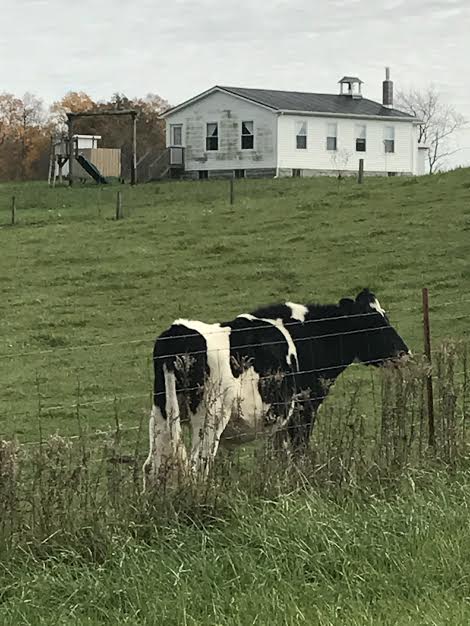
In fact, some Amish who complete their 8th education can pass a GED with flying colors at age 14 because they are so well grounded in those fundamentals from their Amish education.
Of course, not all are equal. Some Amish educational systems are more organized than others, some Amish teachers are better trained than others.
🚌 Why Do The Amish Stop School at the Eighth Grade?
The Amish grew increasingly concerned at secular influences in the public schools. This led to the Amish increasingly challenging compulsory education rules by pulling their children out of public schools prior to them advancing to the 9th grade.
In Iowa, there was an incident in 1965 when the governor sent the National Guard out to forcibly close an "illegal" Amish school and bring the kids back into public fold. But someone tipped the Amish schoolmaster that the Guard was on the way and order them to scatter into the surrounding cornfields. This iconic image was captured and published in newspapers worldwide, swinging public sympathy largely to the side of the Amish (the Iowa governor would go on to lose his next election)

After the debacle in Iowa, the National Committee for Amish Religious Freedom was founded and lawyers recruited to challenge state statutes infringing on Amish education. They would find their test case in Wisconsin.
Everything came to a head when Jonas Yoder and several other members of the Old Order Amish community in Wisconsin were prosecuted for violating the state's compulsory school attendance law, which required children to attend public or private school until the age of 16.
⚖️ Wisconsin Vs. Yoder
The Amish argued that their religious beliefs required them to remove their children from school after the eighth grade so that they could immerse themselves in Amish life, help on the family farms, and become productive members of the community. The Amish claimed that the state's compulsory education law violated their First Amendment rights to the free exercise of religion.
The Amish community sued. Lawsuits are a rarity among the Amish, but they will use the courts to protect what they feel is religious persecution. The case wound its way all the way to the Supreme Court and was known as Wisconsin vs. Yoder.
The Supreme Court ultimately ruled in favor of Yoder and the Amish community, holding that Wisconsin's compulsory school attendance law violated their First Amendment rights. The Court found that the state's interest in compulsory education was not compelling enough to override the Amish community's religious beliefs and practices.
The decision in Wisconsin vs. Yoder established an important precedent for protecting religious freedom in the United States, particularly for minority religious groups that may have practices or beliefs that conflict with mainstream cultural norms.
The tradition of the Amish going to school through the eighth grade has largely held since that court case.
🏫 What Are Amish Schools Like Inside?
I have been inside many Amish and Old Order Mennonite schools and I am always struck by how orderly they are. Often there is one large room with a divider down the middle, or sometimes an Amish school is actually two-rooms, one for younger children, another for children in grades 5-8. There are often two teachers in an Amish school with a parent volunteer or two.
You can join me on a video tour of an Amish school here!
Many Amish schools have a basement, a wide open space for children to run around and play on a rainy day when recess can't be outside. The basement can also serve as a place to hold school functions like performances or programs.
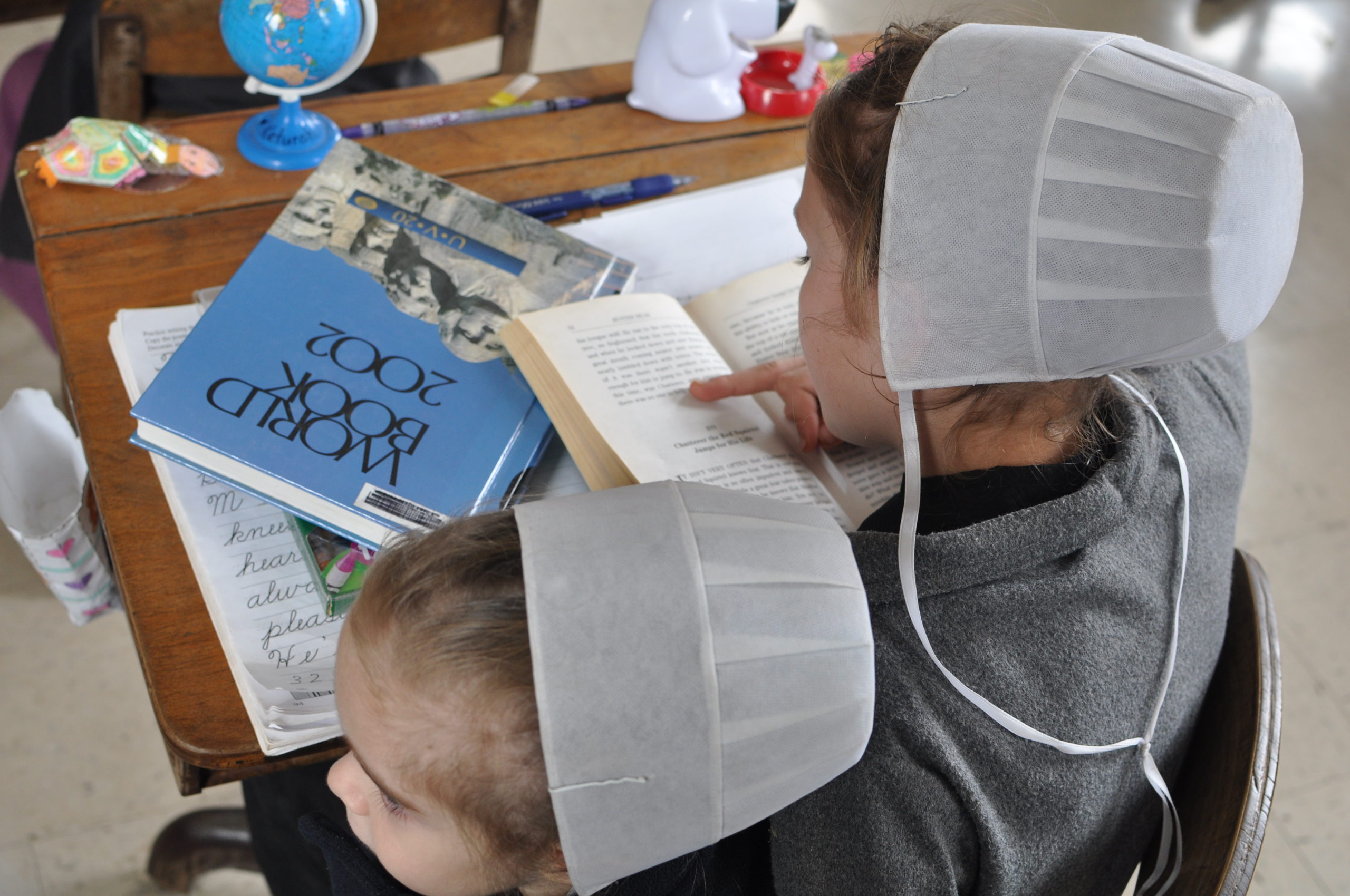
There are Amish teacher organizations that foster networking and training among teachers and establish the curriculum. These organizations are more common in larger Amsih communities. Amish school teachers are often young, unmarried women, but it is not uncommon for an Amish male to step up and be a teacher in the parochial schools.
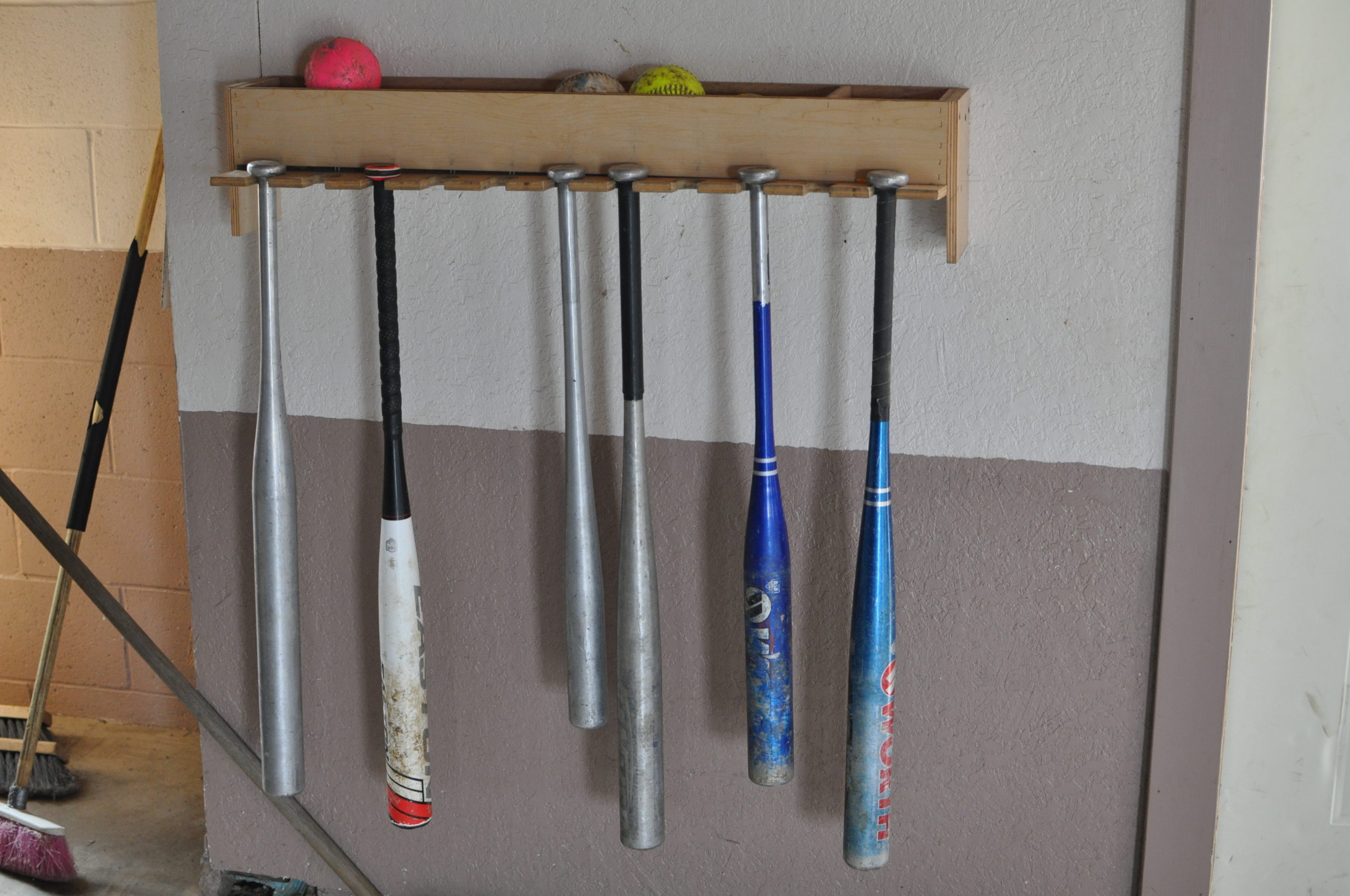
🙋 FAQ About Amish Schools
Some Amish do go to public schools, while others go to private (parochial schools)Amish-run schools. There are places where the Amish population is large enough (Holmes County, Ohio, for instance) that a public school can seem Amish because Amish children will outnumber the non-Amish ones, but it is still public with a non-Amish teacher, bus service, and food.
Yes, most Amish schools charge on a per-child basis and it can quickly cost thousands of dollars if they are sending multiple children. The money goes for upkeep of the building, learning materials, and teacher salaries. This is why many Amish do choose to send their children to public schools.
While not common, there is a growing community of Amish home-school children. For some Amish parents, home-school is a viable option that allows them to escape the expensive tuition of a private school and the secular influences of the public school. Amish publishing house, Pathway Publishing, publishes curriculum for Amish home-school. Below is a "classroom" inside an an Amish home.
This is an interesting question that varies. Communication among the Amish is still limited in ways
Most Amish private schools do not offer regular meal service, so students bring their lunches.
📸 Scenes of School
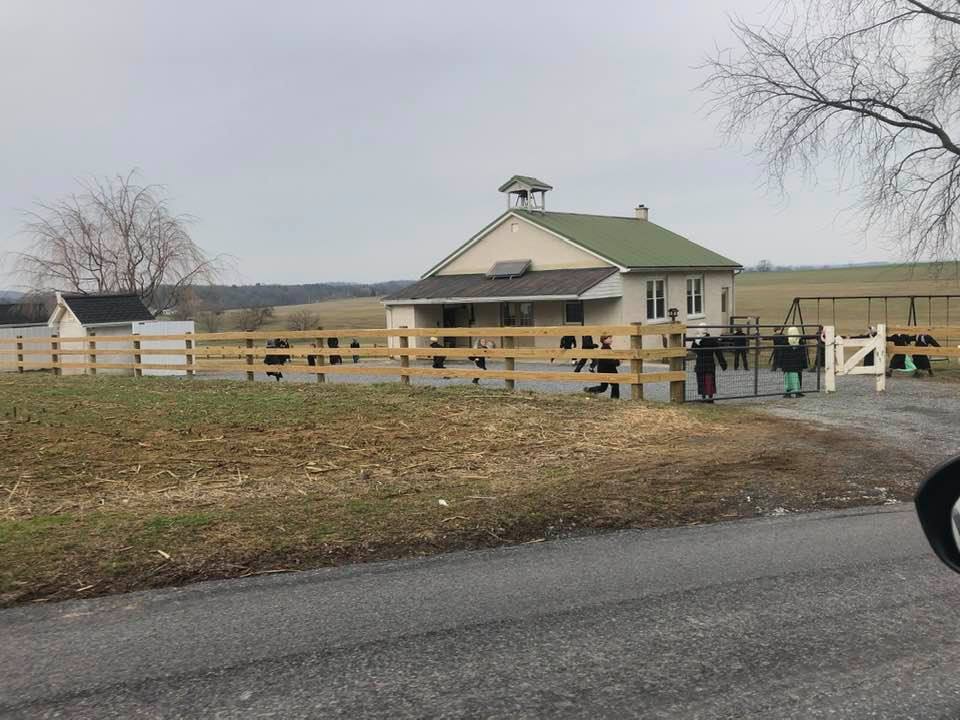
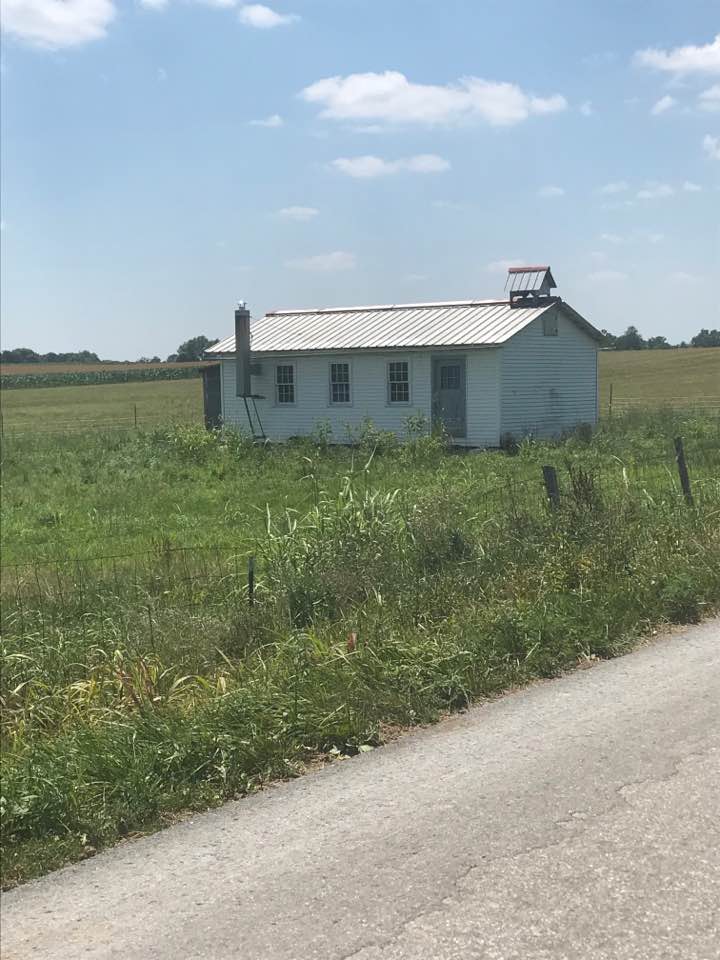
Amish schools in smaller church communities like Sinking Spring, Ohio would generally have fewer resources to work with, equating to lower teacher salaries and fewer textbooks than at an Amish private school in much larger settlement.
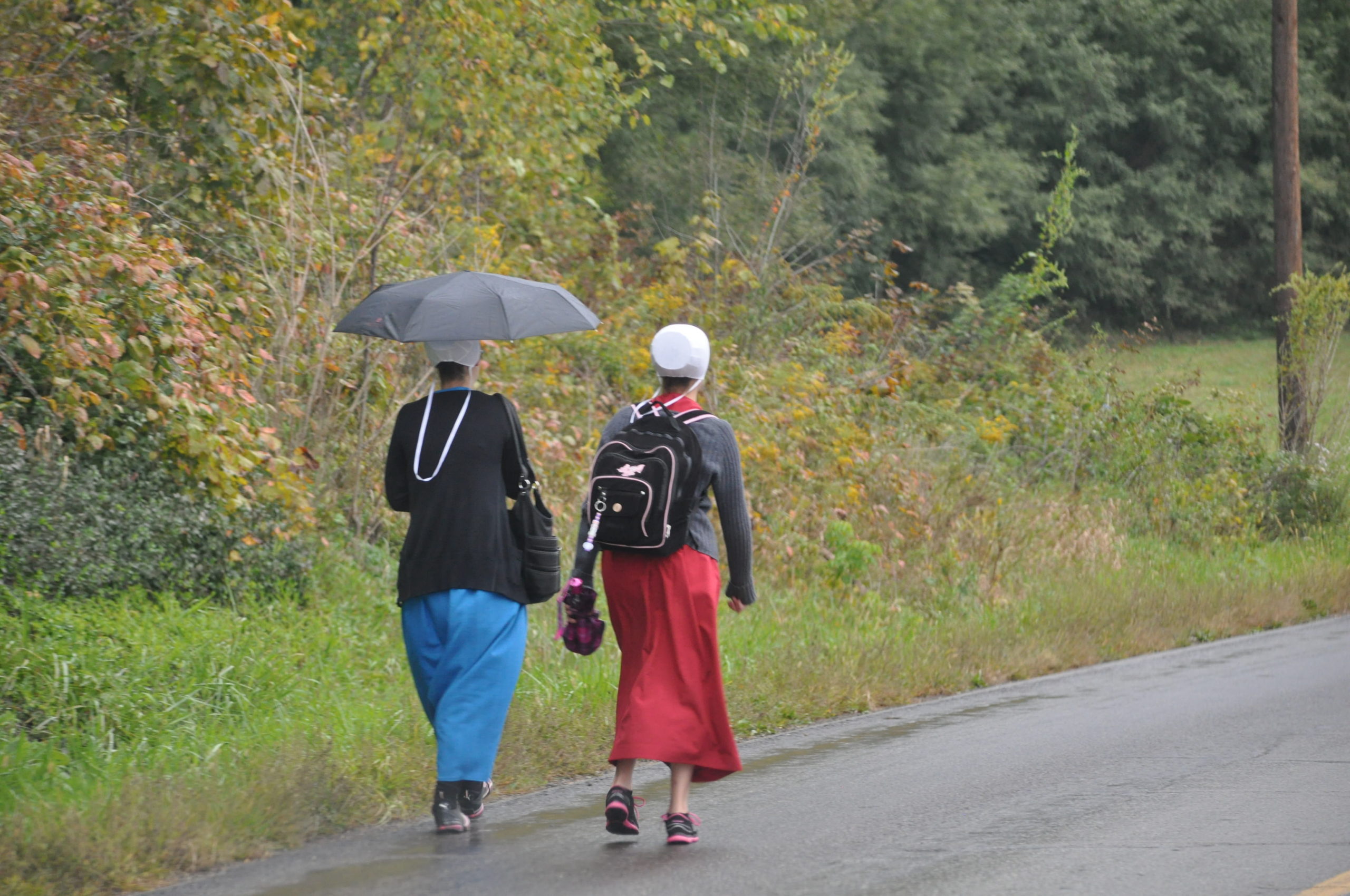
Amish children will often walk home, their schools are usually located conveniently so no child has to walk much more than a mile.
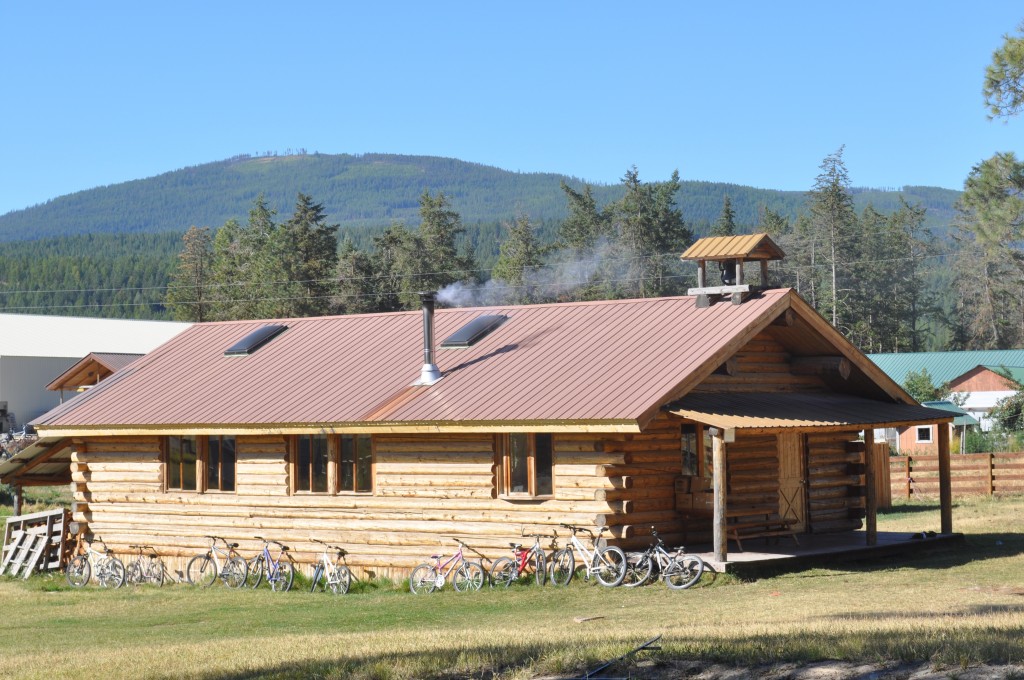
This is an Amish school in Rexford, Montana where many of the children get to and from school by bike, while enjoying stunning mountain views.
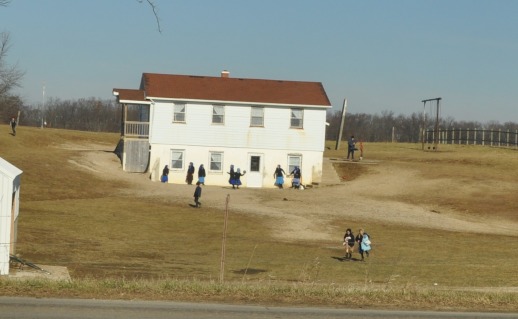
The above Amish school is outside of Berne, Indiana, a classic two-level Amish school.

Cold weather won't keep recess indoors at an Amish school.

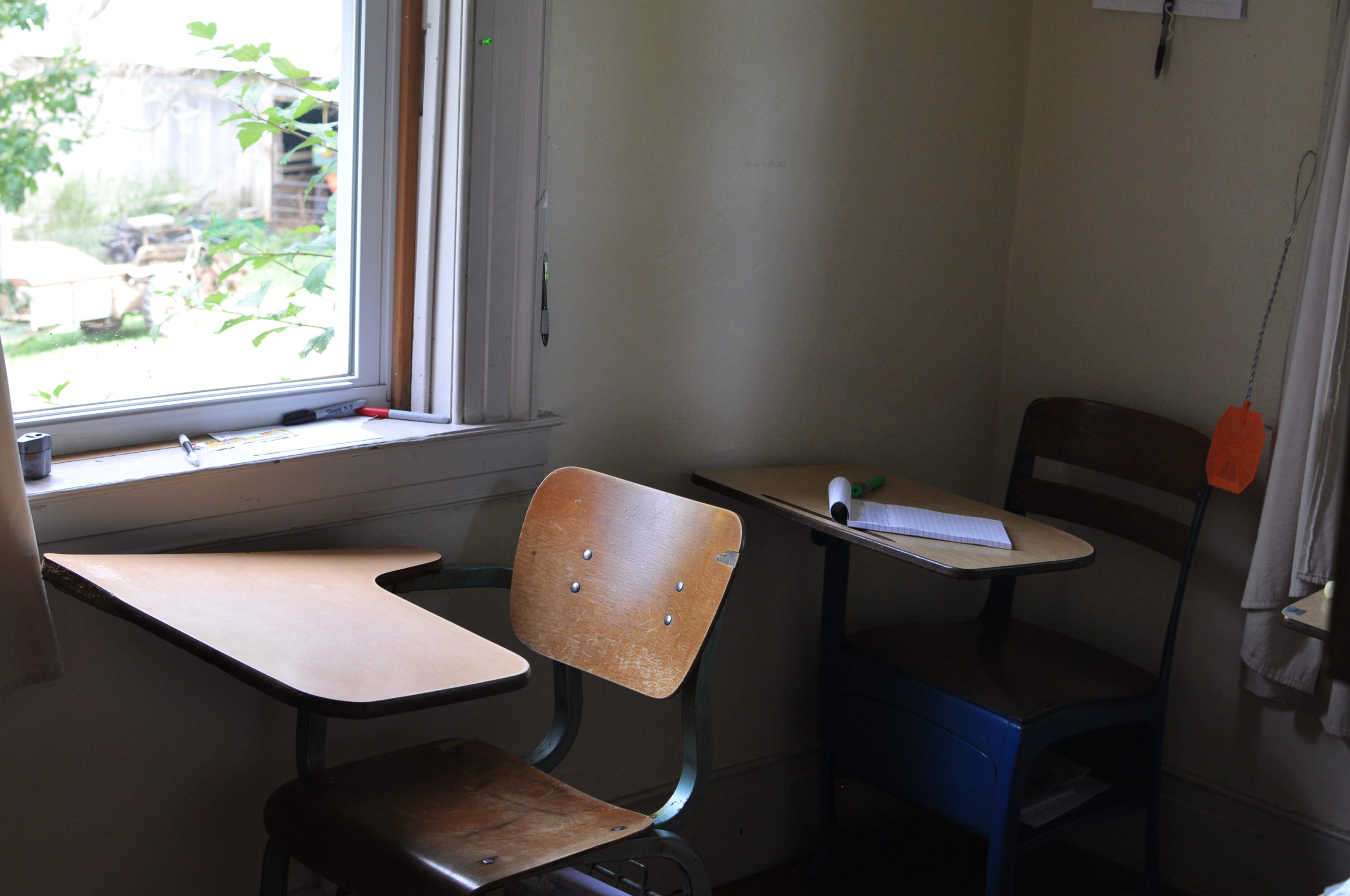
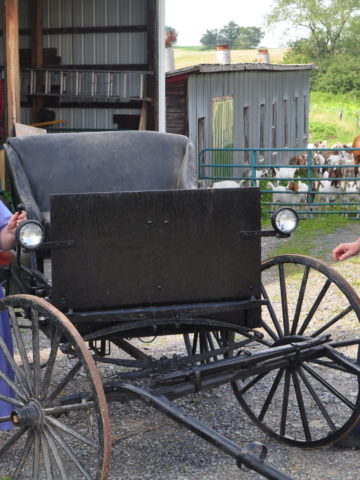


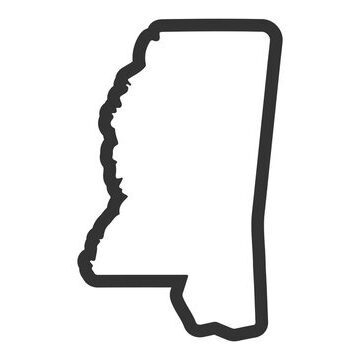
Leave a Reply